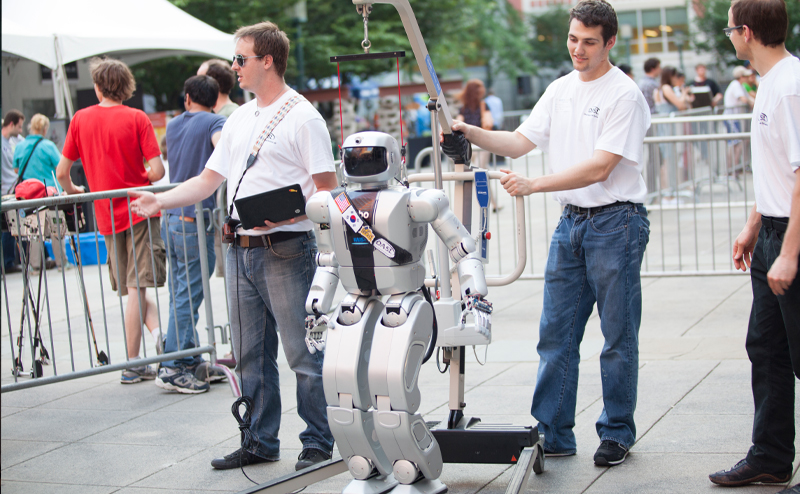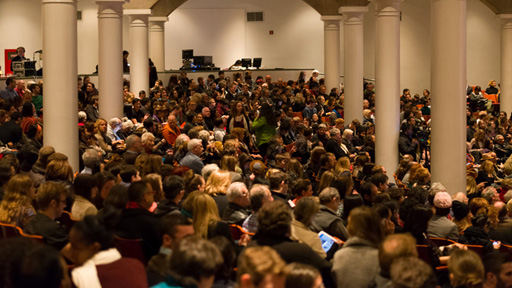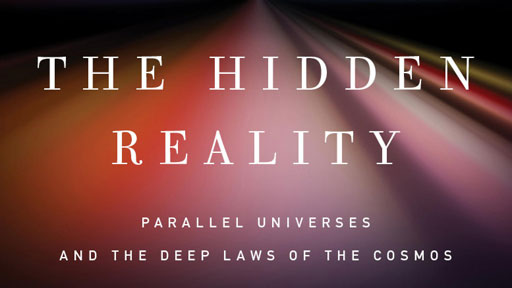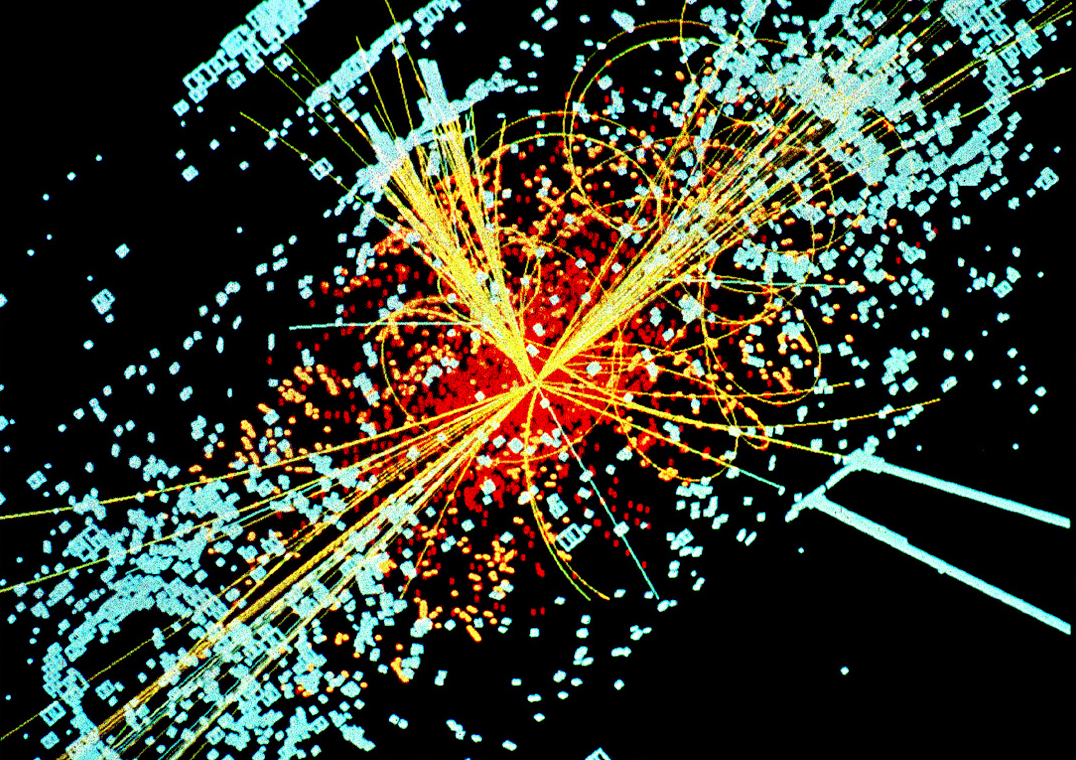Articles
INNOVATION SQUARE SATURDAY, JUNE 1, 12:00 PM – 8:00 PM | POLYTECHNIC INSTITUTE OF NYU, METROTECH PLAZA Join the World Science Festival as we transform a picturesque quad in downtown Brooklyn into a staging ground for future-shaping innovations. It’s an unforgettable day of amazing robots, interactive video games, 3-D printed wares and hi-tech installations—a showcase of the “best of the best” in the fields of science, and technology. More » #WSFInnovate DANCE OF THE PLANETS: AN EVENING UNDER THE STARS SATURDAY, JUNE 1, 8:00 PM – 10:00 PM | BROOKLYN BRIDGE PARK “Dance” under the stars with professional and amateur astronomers at this free evening of urban stargazing. It’s an outdoor party beneath the Brooklyn Bridge and the twinkling canvas of the night sky. More » #WSFStargazing SCIENCE HACK DAY NYC SATURDAY, JUNE 1 – SUNDAY, JUNE 2, 9:00 AM – 9:00 PM | NYU INTERACTIVE TELECOMMUNICATIONS PROGRAM REGISTRATION REQUIRED The World Science Festival and New York University’s Interactive Telecommunications Program (ITP) team up to launch Science Hack Day in New York City. This two-day event brings together scientists, designers, developers, and innovators for an unprecedented level of collaboration. Hackers work in groups to mash up ideas, media, and technologies …
Read More
As the girl who cried and thrashed through her first tattoo—of a bleeding heart flower—I always have been a very sensitive person. Besides being quite emotive, I possess a very responsive nervous system, and all my life have depended heavily upon my visual and tactile senses to understand the world around me. While at the WSF’s latest event, celebrating the release of Oliver Sacks’ latest book “Hallucinations,” I was thrilled to have the opportunity to ask Sacks during the Q&A about the neurological phenomenon known as synesthesia—a sort of overlapping of the senses, in which one might for example hear the color blue. For example, when I do math, hear music, or memorize speeches, I usually have and even depend upon my visual imagination. To add 600 and 500, I picture 500 “filling in” and then “overlapping” the space occupied by 100. After reading the autobiography of Daniel Tammet, a well-known “full-spectrum” synesthete, I wondered if I might in some way be like this man. Tammet has involuntary, lifelong, consistent sensory overlappings—each color has a number, has a texture, has a sound etc. But I did see many resemblances between mine and Tammet’s “visual mathematics.” Does there exist some kind …
Read More“The Justin Bieber of Neurologists.” That’s how NPR’s John Hockenberry—noting that the World Science Festival program “Hallucinations with Oliver Sacks” had sold out in a matter of hours—described the celebrated doctor and best-selling author. Their conversation at The Cooper Union on Friday, November 9, was both humorous and compelling, and marked the debut of Sacks’ new book, Hallucinations. The evening also kicked off the festival’s new year-round series, Science & Story. Sacks, renowned for investigating the odd workings of the human mind, described vivid accounts of people who see, hear, smell, even feel things that aren’t actually there. “You think it’s real but other people don’t agree with you,” Sacks explained.
Read MoreOn Tuesday, September 25, 2012 the Royal Society announced its nominees for the 2012 Winton Prize for science books, and among them was The Hidden Reality by physicist and WSF co-founder Brian Greene. The Winton Prize, established in 1988, recognizes the authors of science books written for lay audiences. The judges had this to say about Greene’s book on parallel universes: “Multiverses and quantum measurement are not easy subjects but Greene sets about giving insight through metaphor in a very enjoyable way. The Hidden Reality is a beautiful manifesto for exploring the outer reaches of scientific enquiry. You will not understand everything but you will enjoy trying.” To find out what other books are in the running, and even read the first chapter of The Hidden Reality, check out the Winton Prize website For more on parallel worlds and the nature of the cosmos, watch this video clip from the Ask Brian Greene blog series.
Read MoreEarlier this month, research teams from the European Organization for Nuclear Research (CERN) gathered to present the newest data from the Large Hadron Collider. Before a rapt audience of viewers from around the globe, they made the historic announcement that a particle consistent with the Higgs Boson had been discovered. The Higgs Boson (part of the greater Higgs field) is the mechanism that endows fundamental particles with mass, a key element to our understanding of the Universe. Despite the celebration, some wondered if perhaps this was the end of an era. The Economist interviewed theoretical physicist and WSF co-founder Brian Greene to ask, “What’s next for the LHC?” Finding what you expect and what your theories have predicted is exciting. But finding something completely unexpected, something that forces you to rethink the foundations of physics would be more exciting still. I am thrilled that we have confirmed ideas that have been around for more than forty years, but I still hope that something extraordinarily surprising, extraordinarily unexpected, comes roaring out of the LHC in the next few months, or the next few years. That would be the best of both worlds. Greene is optimistic that the collider will continue to …
Read MoreIn case you haven’t heard, on the 4th of July there was a momentous announcement at CERN, the huge physics facility on the border of France and Switzerland. Physicists believe that they have found a new boson, a kind of subatomic particle. However, the news is more significant than that. This new mote might be the legendary Higgs boson, the particle hypothesized to bestow mass on quarks and leptons, two other kinds of subatomic particles that together build up matter. “We have discovered a new particle, a boson, probably a Higgs boson,” said Rolf-Dieter Heuer, CERN’s director general. “But we have to find out what kind of boson it is.” But what exactly does this discovery mean for everyone without a physics Ph.D.? Well, finding this new particle would finally explain why some particles have mass and some don’t, and ultimately why our universe looks the way it does. According to thinking in the 1960s, the universe is pervaded by the Higgs field: invisible, tasteless, and odorless. As particles whiz through this invisible medium, they either interact with it or they don’t. The more they interact with it, the more mass they acquire. The discovery of the Higgs boson would …
Read More














